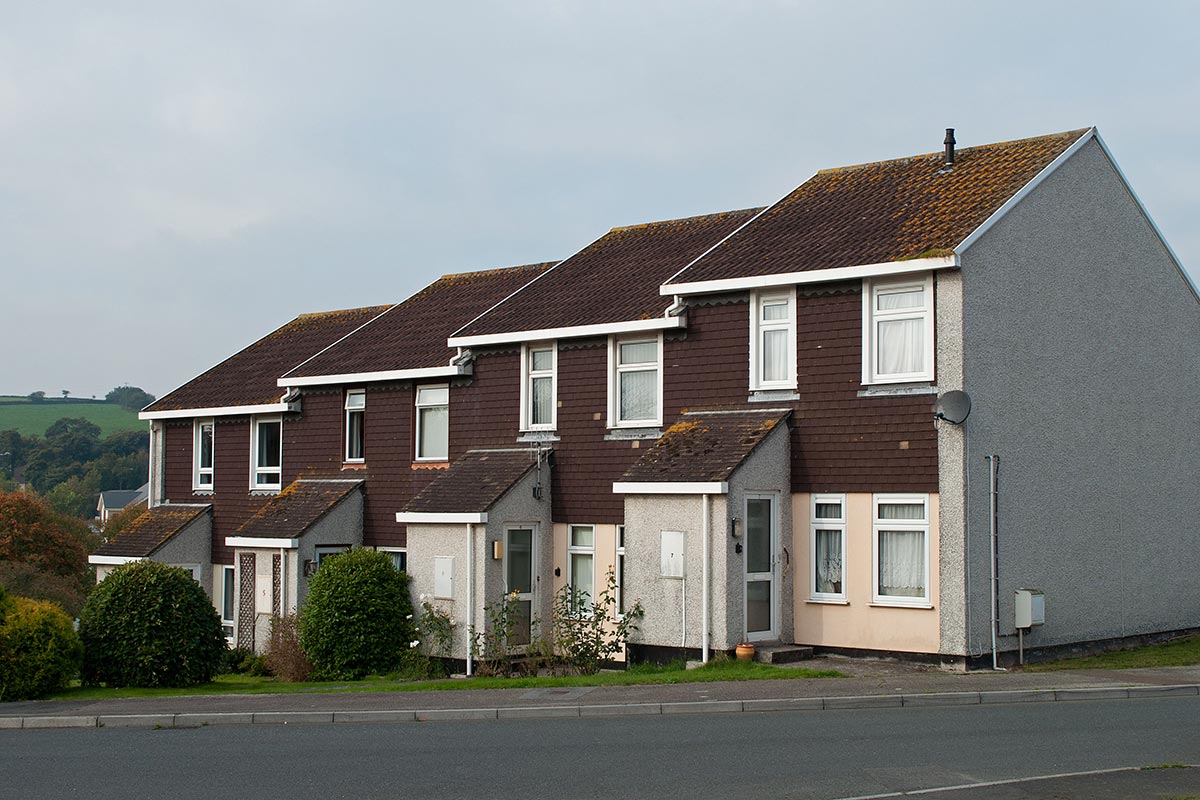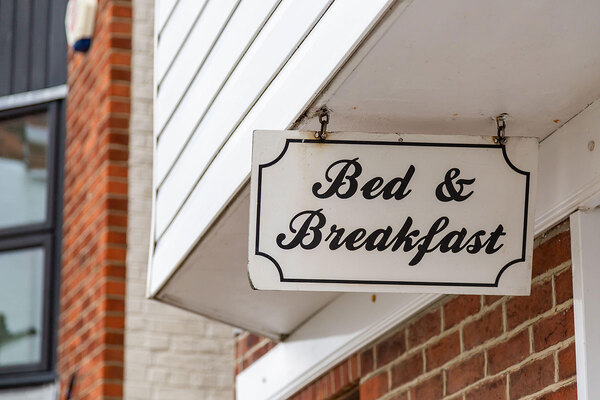
Jules Birch is an award-winning blogger who writes exclusive articles for Inside Housing
Is there really an exodus of private landlords?
Headlines have warned that legions of private landlords are selling up and exiting the private rented sector. Jules Birch looks at the evidence to find out what is really going on
More pain for renters as landlords look to sell up. Renters compete with 20 others in battle to find a home.
Take even a casual glance at headlines about the dire state of the private rented sector and you come away with the impression that there is an exodus of landlords and that something, anything, must be done to persuade them to stay put.
The reality is more nuanced and confusing. While tenants are facing a shortage of properties to let and rapidly rising rents in many parts of the country, it is difficult to say why with any certainty.
“The number of new buy-to-let loans and, within that, the number of loans for house purchase (as opposed to remortgage) have both slowed significantly in the past six months. However, the total number of loans outstanding is still rising slowly and has reached a new peak of 2,040,000”
Landlords face increased costs from rising mortgage rates, reduced tax relief and new requirements on the condition of their properties – even if it’s hard to remember them cutting their rents when interest rates fell close to zero after the financial crisis.
But the bigger picture is obscured both by a lack of reliable data and by claims that are either anecdotal or reek of self-interest.
Much of the data that does exist runs counter to the ‘landlord exodus’ narrative (so far, anyway, and there are time lags in the data). Government dwelling stock statistics estimate that the private rented sector grew by 123,000 homes between 2019 and 2022, but the sector has been pretty static since the middle of the last decade.
According to UK Finance, the number of new buy-to-let loans and, within that, the number of loans for house purchase (as opposed to remortgage) have both slowed significantly in the past six months. However, the total number of loans outstanding is still rising slowly and has reached a new peak of 2,040,000.
The data on landlord sales is much patchier. The latest English Private Landlord Survey for the Department for Levelling Up, Housing and Communities found that 48% of landlords planned to keep their portfolio the same, 11% planned to increase it and 12% planned to decrease it.
However, that was from 2021, which feels like a very different world to now.
Rising mortgage rates have a greater impact on landlords than other homeowners because most buy-to-let mortgages are interest only. Capital Economics estimates that 21% of rental properties will become loss-making at 6% interest.
“Now might be a good time to fund social landlords to drive a hard bargain on the acquisition of suitable private rented stock”
Recent surveys of landlords suggest more want to sell – a third told the National Residential Landlords Association that they planned to reduce the number of properties they rent out – but tell us next to nothing about who they are selling to.
If the buyers are other landlords, then it makes no difference, and it might be expected that a sector dominated by individuals with one or two properties would eventually consolidate into one with more corporate entities.
If they are new homeowners who were previously renters it should not make much overall difference, with the caveat that rented properties tend to be occupied more intensively than owned ones.
And we have been here before: much of the growth in homeownership in the first half of the 20th century came from sales by landlords to tenants.
So what else might have changed? Demand, for starters: more households forming after the pandemic and higher net migration, including the arrival of refugees from Ukraine, Hong Kong and Afghanistan, as well as more international students.
Add a record number of homeless families in temporary accommodation and pressure to get asylum seekers out of hotels, and it’s not hard to find reasons why demand for private rented homes is rising.
And this has happened at a time when supply is static. Between 2000 and 2016, the private rented sector stock in England more than doubled, from 2.1 million homes to 4.8 million, an increase of 170,000 a year; between 2016 and 2022 it grew by just 9,000 a year.
At the same time, the rise of Airbnb and other short-term letting platforms is offering landlords a more profitable alternative to conventional renting in many areas and it is not clear whether this would show up in the dwelling stock statistics.
This combination of increased demand and static supply is already creating strains within the private rented sector, even without a landlord exodus.
The current annual rate of increase in the Office for National Statistics’ index of all private rents is the highest on record, at 5.1%. Surveys by estate agents suggest rents for new tenancies are rising at up to double that rate.
The effects of that will be greatest on tenants on housing benefit. Local Housing Allowance rates remain frozen at April 2020 levels and rent arrears and homelessness look like the inevitable result.
So what next? Expect to hear more and more from landlord groups about the exodus, along with calls for the return of tax relief and a retreat from regulation and the green agenda.
“What happens when landlords want to cash in their investment for their retirement if there is no new generation of landlords to take over and if house prices remain too high for tenants to afford to buy?”
The government already seems set to delay the introduction of more stringent minimum energy-efficiency standards and there could be battles ahead over Section 21 when the Renters (Reform) Bill is eventually introduced.
Ministers would do well to think long and hard about their response. If they decide that something must be done, any concessions should be conditional on landlords offering more security of tenure or more affordable rents or both. Now might also be a good time to fund social landlords to drive a hard bargain on the acquisition of suitable private rented stock.
However, there are structural factors that could come into play regardless of any of this. According to the English Private Landlord Survey 2021, 94% of landlords were private individuals and almost half of them owned just one property. The median age of a landlord was 58 and two-thirds of tenancies were by landlords over 55.
Asked how they viewed their role, more than half (54%) saw it as long-term investment for a pension. What happens when they want to cash it in for their retirement if there is no new generation of landlords to take over and if house prices remain too high for tenants to afford to buy?
The private rented sector has long acted as a relief valve for pressures elsewhere in the housing system, but how much longer before the valve blows?
Jules Birch, columnist, Inside Housing
Sign up for our daily newsletter
Already have an account? Click here to manage your newsletters












